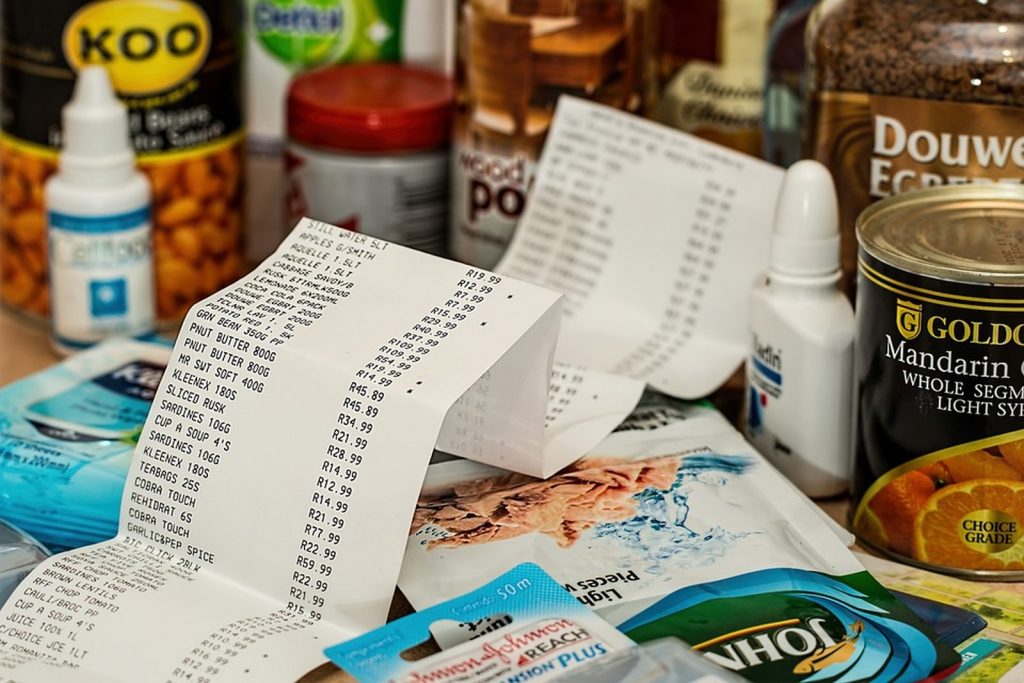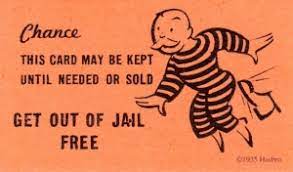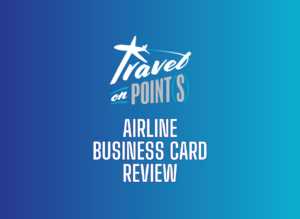Credit Cycling
In the world of Travel on Point(s) we often acquire many credit cards. One of the things we do not always control about our credit cards is their credit limits. It can be frustrating to see that you are assigned a low credit limit. After all, if you are working to complete the minimum spend for a brand spanking new card, it can be disheartening to be staring down a low limit. Therefore, it's important to understand what you can do with your credit limit. We will break down what is credit cycling, why banks do not like it, and when it is allowed.
Table of Contents
ToggleWhat Is Credit Cycling
Simply put, credit cycling is using more than your credit limit in one statement period. In order to credit cycle, you charge up the credit card, pay the balance down to free up available credit, and then charge it again. If the total sum of your charges in the period exceeds your assigned credit limit, you are credit cycling.
This may be best understood with an example of credit cycling. Let's say for example that you have a credit card with an assigned credit limit of $1,000. At the beginning of the month you charge $999 to the card for a flight. A week later, you pay off the card to $0. Finally, the same week you decide you need to pay for home repairs in the amount of $1,000. You have effectively cycled your credit limit, and spent $1,999 in one period, despite your limit being only $1,000.

ToP Tip: What Credit Cycling Is NOT
Credit cycling is not paying your credit card statement early. Making early or regular payments itself is not risky. It is the act of spending beyond your limit in one given period that is considered risky.
Why Banks Do Not Like Cycling
A question we get often from our members over in the ToP Facebook Group is ‘why do banks not like credit cycling'? After all, if you have the means to pay the bill, it seems rather harmless. Unfortunately, that is not how the bank sees it, and they are not in the business of taking extra risks. The bank extends to you a credit limit, which in their eyes is the maximum amount of credit risk they are willing to extend to you in one period. When approving you for a new card, the bank looks at a variety of factors to determine what risk they are willing to take in issuing you credit. By spending beyond this limit in a roundabout way, you are circumventing their maximum credit limit.
Further, while your payment may have been made, the bank could be concerned about how fast you are outlaying funds. This credit limit resembles their tolerance for risk with you as a borrower. This could be seen as a risk for a variety of reasons. Some of these risks include being a bust out risk. Just because you have paid the card, doesn't mean the money is free and clear of risk of being disputed or called back.
An Exception To The Rule: When Is Cycling Allowed
There is one notable exception to this rule. This is credit cycling during the welcome offer period. Sometimes banks give new cardholders a very small limit, especially business credit card accounts. It is fairly common to see a $3,000 limit on a lot of new business accounts. The good news here is that the bank likely understands that if you are cycling the limit during the welcome offer period, you are doing it to manage the minimum spend timely. Plus, doing this for a few months only is much less likely to draw attention than repeatedly doing this as standard practice.

ToP Tip: Low Business Card Limits with Chase
If you receive a low credit limit with a new credit card, know that it may be possible to move credit limit from one card account to another. How freely you can do this, and from which cards to which, will depend on the banking institutions rules. Some will only allow it within the same card family, others will only allow it from business to business or personal to personal and some others won't allow it at all. It never hurts to ask if you can shift credit from one account to the other though. All they can do is say no! Just be sure to have them verify that it will not result in a new credit pull (it shouldn't).
ToP Thoughts: Avoiding Credit Cycling
Credit cycling is spending more than your limit in a given period. Banks frown upon this as they view it as risky behavior. Once you learn the rules of credit cycling, it should be pretty easy to avoid. Bank's do not like taking uncalculated risks, and they clearly tell you what they are comfortable giving you access to with your limit. It is best to try to not cycle your credit card at all. Though, it is sometimes necessary in order to meet the required spend for a new welcome offer. Fortunately, banks should understand this and give more leniency during the welcome offer period.








